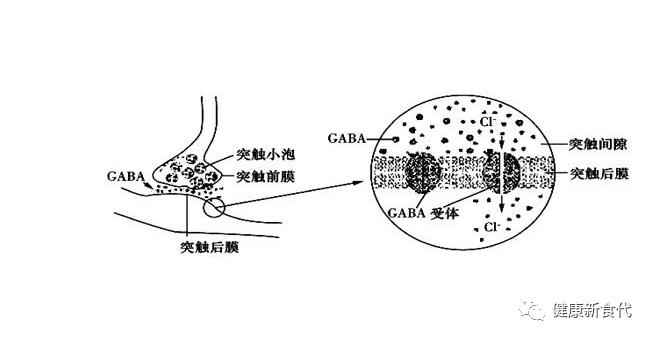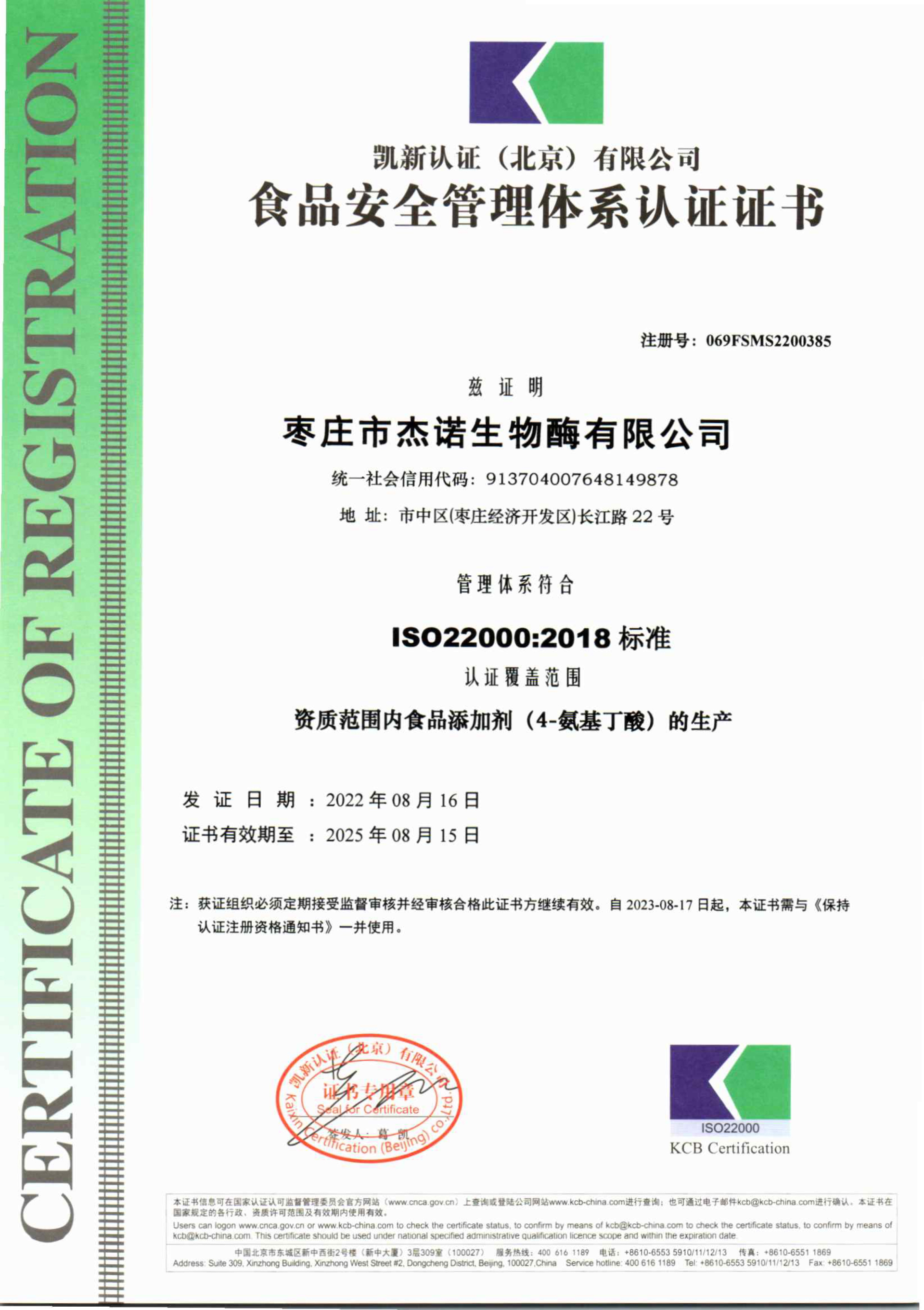Research Status and Prospect of Feed Enzymes
Release time:
2011-11-02
Enzyme preparations, as a new type of highly efficient feed additive, can improve animal production performance and reduce pollutant emissions. They also provide effective ways to develop new feed resources, reduce feed production costs, and ensure the efficient, environmentally friendly, grain-saving, and sustainable development of the feed industry. The research, development, and promotion of feed enzyme preparations have become an important area of application of biotechnology in the feed industry.

Enzyme preparations, as a new type of highly efficient feed additive, can improve animal production performance and reduce pollutant emissions. They also provide effective pathways for developing new feed resources, reducing feed production costs, and ensuring the efficient, environmentally friendly, grain-saving, and sustainable development of the feed industry. The research, development, and promotion of feed enzyme preparations have become an important area of application for biotechnology in the feed industry.
Production methods of feed enzyme preparations
Currently, enzyme preparations added to feed are all produced by microbial fermentation. The conventional process is: strain selection, fermentation culture, and enzyme extraction. Various enzymes also exist in animals and plants, but extracting enzymes from these sources is extremely costly and production is subject to seasonal limitations. Using microorganisms to produce enzyme preparations offers high yields, low production costs, and is not subject to seasonal limitations. There are two methods for using microorganisms to produce feed enzyme preparations: solid-state fermentation and liquid fermentation.
Compared to solid-state fermentation, liquid submerged fermentation has the following advantages: (1) The liquid suspension state is the optimal growth environment for many microorganisms. (2) In a liquid environment, the cells, substrates, and products (including heat) are easily diffused, allowing fermentation to proceed under homogeneous or quasi-homogeneous conditions, facilitating detection and control, and making it easy to scale up production. (3) Liquid is easy to transport and facilitates mechanized operation. (4) Products are easy to extract and refine.
However, solid-state fermentation also has many advantages that liquid fermentation does not, mainly: (1) Simple culture medium, mostly inexpensive natural substrates. (2) The low water content of the substrate greatly reduces the volume of the bioreactor, eliminates the need for wastewater treatment, reduces environmental pollution, often does not require strict sterile operation, and simplifies post-processing. (3) Continuous ventilation is not necessary; it can generally be accomplished by intermittent ventilation or gas diffusion. (4) Product yields can be higher. (5) Simple equipment, low investment, and low energy consumption.
Because the feed industry has low added value, feed enzymes do not require refinement; therefore, solid-state fermentation is more suitable. Domestically, the production of compound enzyme preparations generally uses solid-state fermentation, while liquid fermentation is mainly used for phytase production or the production of single enzyme preparations for compound enzyme preparations.
Types of enzyme preparations
Digestive enzymes: Animals synthesize and secrete digestive enzymes into the digestive tract to digest nutrients. If it is necessary to enhance the action of endogenous animal enzymes, exogenous animal digestive enzyme analogs need to be used. The latter may have different structures and properties from endogenous enzymes, but their functions are the same. These mainly include amylases, proteases, and lipases.
Amylases: These mainly include α-amylase, β-amylase, glucoamylase, and isoamylase. Their function is to catalyze starch degradation. α-amylase is commonly used in feed. It is an endonuclease that catalyzes the random hydrolysis of 1,4-glycosidic bonds within the starch molecule. β-amylase is an exonuclease. Amylases catalyze the decomposition of starch into oligosaccharides, disaccharides, dextrins, or glucose and fructose. Animal digestive tracts and saliva contain amylases.
Proteases: Proteases are a collective term for a group of enzymes that catalyze the breakdown of peptide bonds. Proteases act on proteins, degrading them into small-molecule peptones, peptides, and amino acids. Acidic and neutral proteases are commonly used in feed. Proteases are also divided into endopeptidases and exopeptidases according to their mode of action. General microbial proteases are usually a mixture of endopeptidases and exopeptidases. Animal proteases are mostly found in gastric juice and pancreatic juice, namely pepsin and trypsin, respectively. The former is an acidic protease, and the latter is an alkaline protease.
Lipases: Lipases degrade triglycerides (fats) into free fatty acids and glycerol. Animal gastric juice and pancreatic juice contain various lipases.
Non-digestive enzymes: Non-digestive enzymes are usually enzymes that animals cannot synthesize themselves; they generally originate from microorganisms. They are mainly used to decompose substances that animals cannot digest themselves, or to degrade antinutritional factors or toxic and harmful substances. These mainly include cellulases, hemicellulases, phytases, and pectinases.
Cellulases: Cellulases decompose cellulose into cellobiose, cellotriose, and other polysaccharides. β-glucosidase then decomposes cellobiose and cellotriose into glucose. Cellulase is generally considered a complex enzyme system. Cellulases can break down the cell walls of fiber-rich plants, allowing the starch, proteins, and minerals enclosed within to be released and digested. They can also partially degrade fiber into digestible reducing sugars, thereby improving the digestibility of dry matter, protein, crude fiber, starch, and minerals in animal feed. Currently, feed processors and nutritionists are using various cellulases in pig and poultry diets to improve the nutritional value of feed.
BLOGS
On the occasion of International Women's Day, I would like to extend my sincere festival greetings to all the female employees working diligently in various departments of the company!
Geno Bio conducted first-aid knowledge and skills training
Geno Bio conducted first-aid knowledge and skills training
Public participation, fire prevention
Public participation, fire prevention
In-depth Interpretation - GABA (γ-Aminobutyric Acid)
In-depth Interpretation - GABA (γ-Aminobutyric Acid)
Zaozhuang Jeno Bioenzyme has passed the ISO22000 certification.
The company has obtained ISO22000 certification.







